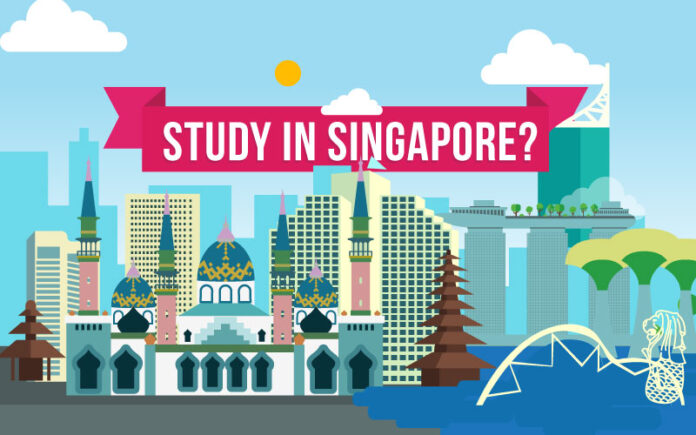Singapore has always made education its main priority. In its strategies, there are two fundamental axes: attracting the best global students to its universities which are ranked among the best in the world (to get the top universities in Singapore, you can click here) and bringing in the best schools to create one of the most powerful university ecosystems in the world. These strategies are all the more interesting as they are developed during a globalization of virtual education.
Whether it’s the Massive Open Online Course, the Khan Academy, Coursera and other Harvard Xs, it is now easy to take excellent courses without leaving your home. Some institutions have even developed real training that allows them to obtain a diploma without ever setting foot in the university that issues the title. So what can Singapore offer so particular or unique to physically attract more than 150,000 foreign students to its territory each year? The reasons are as follows:
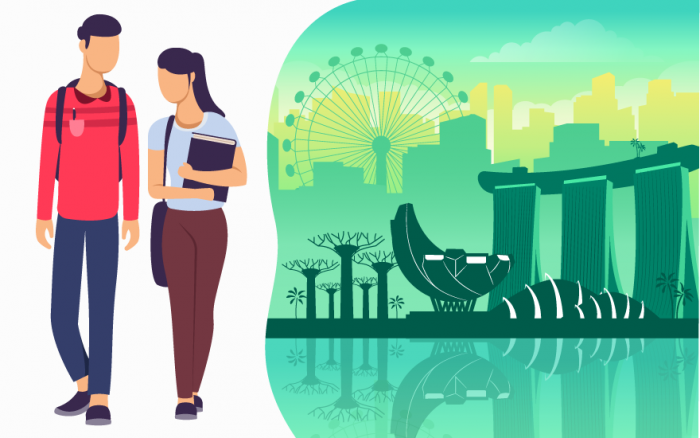
The university and academic ecosystem. The university ecosystem desired by the government in its development projects is only possible thanks to powerful local universities. And investments have made the National University of Singapore (NUS) and Nanyang Technological University (NTU) among the 100 best universities in the world and according to the Time Higher Education 2017 ranking, NUS is the first in Asia. Obtaining a diploma in these renowned establishments is more and more popular with international recruiters. These prestigious structures are associated with a very large number of research laboratories and these are themselves associated with the biggest university names in the world, the CNRS-NTU duo is an example, and one of the most famous being the SMART (The Singapore-MIT Alliance for Research and Technology) which combines the American establishment and the National Research Foundation of Singapore.
Welcoming students. If the cost of living may seem high (it should be compared with Paris, Boston, New York, San Francisco or even Sydney), the student-pass gives students permission to have a part-time job that can completely cover the cost of accommodation on site. If roommates are legion, there are other alternatives such as accommodation with a resident, student residences and other youth hostels. In addition, for the student who really wants to experience an Asian experience (and not throw himself on the Nutella jar (ethically and ecologically irresponsible), food is very affordable, whether in food courts where you can have lunch for a few dollars or at local supermarkets.
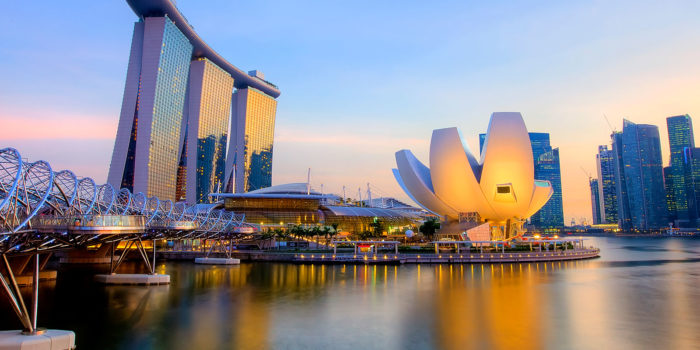
Its geographical position. Singapore has always made its geographic location a competitive advantage. In the heart of Southeast Asia and served by the airport considered to be the most efficient in the world, Singapore is less than an hour from Malaysia, Indonesia, less than three hours from Vietnam, Laos, Myanmar and the Philippines, less than five hours from Australia, India and China. Whether it is for a study trip or to discover the peculiarities of this continent, Singapore offers by far the best location to radiate across Asia.
Its economic dynamism for all. Without natural resources, without industry and on a very limited territory, Singapore knows that its future depends on its economic development. Innovation and competitiveness are therefore the pillars of all strategies as well as the dynamism and energy required. This translates into a job market that students can enjoy: numerous opportunities in all sectors, encouragement of entrepreneurship, confidence in young people, no gender-related segregation. In short, meritocracy in action, this is the fundamental value of Singapore.
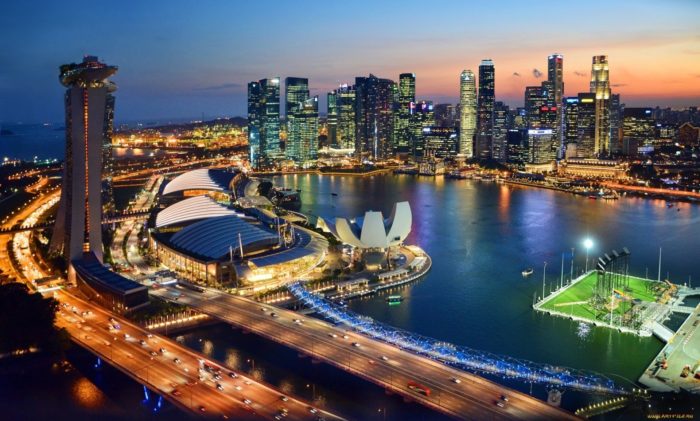
Multicultural wealth. The city-state is the ideal place to understand what globalization is, international markets and intercultural relations. Multiculturalism is the essence of Singapore, with its mixed population (Malaysian, Indian and Chinese), but also given the large presence of expatriates on the spot. Coming to study in Singapore is to come and study in Asia with the whole world, in English. In addition, the small size of the country forces meetings, exchanges, opportunities to meet citizens who have come to study for a few months, sometimes several years. The cultural and ethnic mix offers a mix and a glimpse of the whole of Asian culture in a space the size of a city.
An exceptional quality of life. Safety, quality of infrastructure, cleanliness, medical devices, personal services make Singapore a city that offers an ideal living environment for all of its inhabitants and for students who often spend only a few months in this country. This allows rapid adaptation. The nightlife is not without interest on the island and has nothing to envy to the other capitals of the region. Every night of the week, the bars and clubs of the city are full, in particular the famous rooftops that allow to benefit from breathtaking views.
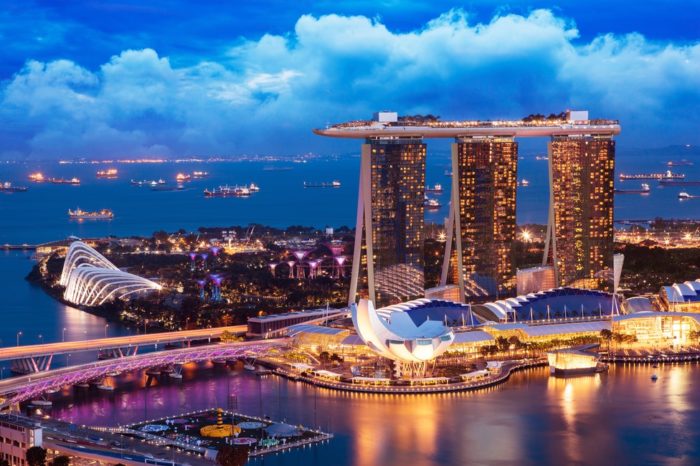
A cultural presence. Even if the cultural presence of Singapore is in fact reduced in comparison with the Western world capitals, it remains nevertheless intense and diversified. The theater companies are numerous, the historical and scientific exhibitions are regular. Contemporary art is very present there and several events give pride of place to it, whether at festivals (Gilliam Barrack After Dark, Night Festival are examples) or in galleries. Not to mention the presence of art in a large number of places available to everyone, whether around Haji Lane with street art as in the Business District where one wanders between sculptures by Rodin and Botéro among other. Finally, we must not minimize the exceptional museums.
Exceptional outdoor activities. Singapore is not just about Orchard Road, the Marina Bay Sand, Clark Quay and its Business District… for those who have never bothered to discover Singapore. In addition to the infrastructures of exceptional qualities in free access, Singapore is endowed with a rare biodiversity. Indeed, with a biodiversity, animal and plant species combined, superior to the whole of the United States, Singapore presents a large number of assets which earns it the nickname of green city. The places where snakes, monkeys, crocodiles and other monitor lizards coexist are far from rare that they are in Pulau Bin, Coney Island, the mangrove of Sungei Buloh or even Bukit Timah and Green corridor are all places which remind that Singapore is in the tropics. You can find out more on TheBestSingapore.

All the reasons are good for coming to study in Singapore. If you wish to study abroad, Singapore seems a good choice for you. Supposed that you are eager to study in Singapore but don’t know how to do, you can turn to CatEight.com. It will guide you to complete the whole process.

